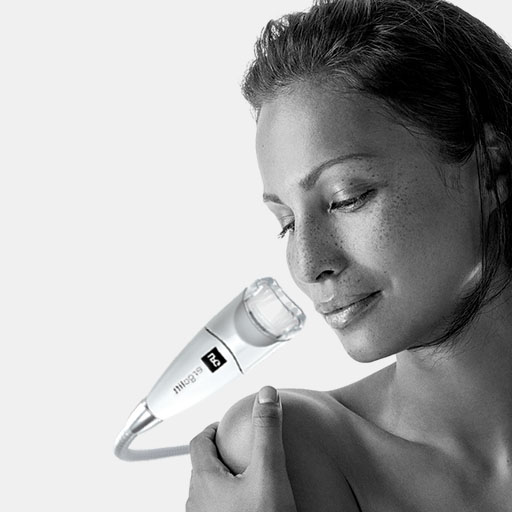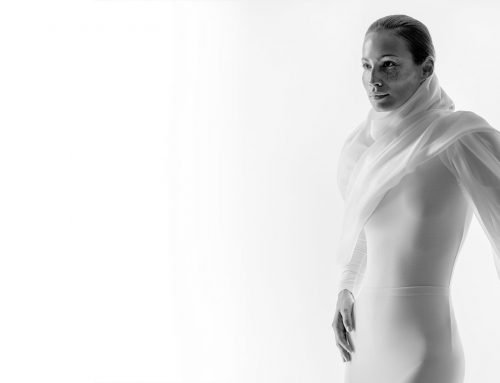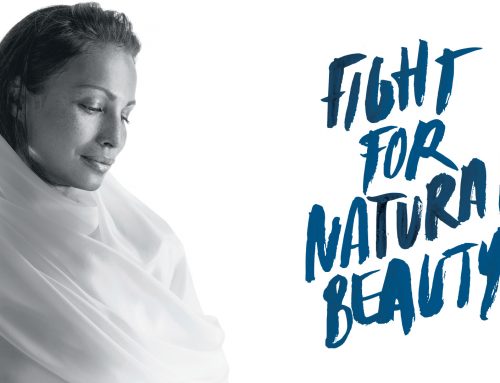What is cellulite? What are the causes? What are the treatments to reduce it? Cellulite is a condition in which the skin has a dimpled, lumpy appearance or bumpy skin. It is known medically as Gynoid Lipodystrophy, It is considered a localized metabolic disorder of the subcutaneous layer of the skin, the dermis and its small blood vessels. These vessels become compressed, resulting in inflammation, poor lymph drainage, proliferation of fibrous tissue, tissue damage, unevenness of the thickness of the skin and protrusion of fat through layers of the skin.
It is also known as “orange peel” because of the appearance and “cottage cheese” as it resembles on its granular texture. It can affect both men and women but it is more common in women due to different distributions of fat, muscle and connective tissue.
Cellulite is most common around the thighs and buttocks but it can be found in the breasts, lower abdomen and upper arms as well.
Cellulite is also more common with aging, when the skin loses elasticity. Weight gain can make cellulite more noticeable. It tends to run in families, so genetics might play the biggest role in whether you develop cellulite. An inactive lifestyle also can increase your chances of having cellulite.
There are different types of cellulite, first is the Soft Cellulite, Spongy or Adipose Cellulite that is mostly present in areas where there is a build up of fat such as upper arms and legs and often accompanied by varicose veins or spider veins. As you walk or move, soft cellulite will also move. It tends to increase with age or weight gain and it’s aggravated by lack of muscle tone. In general, improved circulation and skin tone will help. Hard Cellulite, Compact or Fibrous Cellulite also known as solid cellulite, this type is more common in younger woman and is mostly found around hips and upper thighs. The skin is tight and grainy or dimpled like orange peel and the appearance doesn’t alter when walking or moving. The skin seems to be firmly attached to the muscle. Most affected areas are hips, thighs and around the back and inside of the knees. The skin appears to be compact and may be painful or sensitive to touch. Edematous Cellulite is the least common type and also difficult to treat. It results from problems of poor circulation aggravated by significant fluid retention. It is mainly occurs in the legs, which lose their defining shape. The skin is pasty and may be painful when touched or when the sufferer is seated for a long time. The skin feels spongy and painful to touch. There are signs of venous and lymphatic insufficiency in the legs (water retention, swelling, varicose veins, cramps).
How to get rid of cellulite? Cellulite is really hard to remove even you have a good healthy diet, regular exercise and enough water intake, it won’t go away completely. Weight loss, Lasers and Radiofrequency systems, Topical Creams, Cryolipolysis and Ultrasound can help to loosen the appearance of the cellulite.
Endermologie is a kind of mechanical stimulation massage using a specialized device that rolls and lifts the skin tissue and believed to be the most effective treatment for cellulite reduction worldwide, fat reduction, draning, firming, improves blood circulation, reduce fluid retention, resculpt the figure, regenerate and tighten the skin. The machine is a French Technology known as LPG. It is 100% natural and non-invasive, It boost the cellular activity through mechanical stimulation of the skin.







Leave A Comment